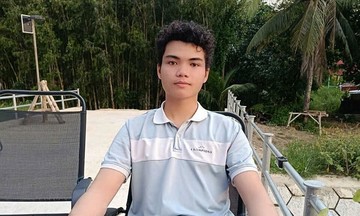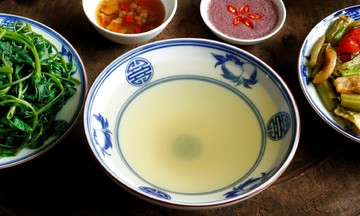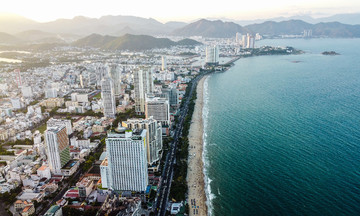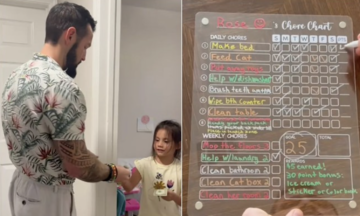 |
This is the lesson the 68-year-old farmer from Binh Duc commune, Tay Ninh (formerly Nhut Chanh commune, Ben Luc district, Long An province) learned from a training session on emission-reducing rice cultivation techniques held in late June.
The training introduced alternate wetting and drying (AWD) techniques, reduced nitrogen, fertilizer, and pesticide use, offering dual benefits: emission reduction and increased yields and income. The program is part of the EkoClimate project implemented by Coca-Cola Vietnam, with the participation of Rize (Singapore) and Ben & Archie, and supported by local authorities.
Tin, whose family owns half a hectare of rice paddy, joined the project for this summer-autumn season. Project engineers installed water level measuring equipment on his farm and guided him on sustainable farming techniques. He and the project experts are awaiting the end of the harvest season to measure the results.
 |
According to the Department of Information and Statistics (Ministry of Science and Technology), rice cultivation is the second largest source of greenhouse gas emissions—the main cause of climate change—after animal husbandry. Rice cultivation produces large amounts of methane (CH4), a gas that traps heat in the atmosphere more effectively than carbon dioxide (CO2).
In traditional rice farming, Tin, like other farmers, usually keeps his fields flooded to prevent pests (especially rice blast) and weeds. However, scientists say that water covering the ground prevents air from entering, creating ideal conditions for anaerobic microorganisms to proliferate and emit methane.
Experts estimate that current rice cultivation practices emit 12% of global methane (equivalent to the entire light industry). In Southeast Asia alone, methane emissions from rice cultivation account for 33% of total annual methane emissions.
 |
However, as rice feeds half the world's population, stopping rice cultivation is not feasible. Projects like EkoClimate seek new, less emission-intensive farming methods. The AWD technique is estimated to reduce methane emissions by 35-50% compared to flooding. When the field dries, the methane-emitting microorganisms become inactive, which is key to reducing emissions. At the same time, the rice roots are forced to grow stronger to seek water, so when the water returns, the plants grow vigorously, resulting in higher yields. This method also reduces the amount of fresh water needed for rice cultivation (by about 20%).
Nguyen Huy Dung, Director of Rize in Vietnam, said that during a rice cycle, two stages allow the field to dry using the AWD method. To measure the water level to ensure it doesn't affect the rice, a plastic pipe with 6 holes in a straight line, 15 cm below the field surface, was placed on Tin's farm. "If the water level is kept no more than 15 cm below the field surface, the rice plant is not affected," Dung said.
According to The Gold Standard's procedures, each time the water is drained, 1 hectare of rice paddy can reduce emissions equivalent to 2 tons of CO2 (2 carbon credits). A successful rice crop with 2 drainings can reduce 4 carbon credits.
 |
According to project experts, not all farmers are willing to apply the AWD technique without seeing any benefits. In the EkoClimate implementation area, as well as in the Mekong Delta provinces, farmers currently cultivate 3 crops per year. The winter-spring season (dry season) is easy to apply AWD, but the summer-autumn and autumn-winter seasons occur during the rainy season, and many farmers are hesitant to pump water out of the fields, or when it rains too much, they cannot pump the water out. Experts have also observed that farmers are hesitant to apply new techniques for fear of reduced yields. They wait to see others do it first.
 |
What motivated Tin—who was born into a family of rice farmers and has been making a living from it for 30 years (since 1995)—to join EkoClimate was not only the emission reduction techniques, but also other sustainable farming practices.
"We farmers used to grow rice out of habit, without understanding the science. I joined the project to gain more technical knowledge, produce quality rice for export that doesn't affect consumers. I also want to contribute to modern agriculture," Tin shared.
Besides AWD, by participating in EkoClimate, Tin is guided by engineers on maximum residue limit (MRL) management techniques directly in the field. As a result, he has reduced fertilizer use by 10-15% to ensure residues are within export limits, which also reduces production costs. Tin proudly shared that this year, he switched to growing high-quality ST24 and ST25 rice varieties, and since the plants didn't suffer from rice blast, he didn't even need to spray preventatively. According to him, the program's instructions are not difficult for farmers, "I can follow the explanations," Tin said.
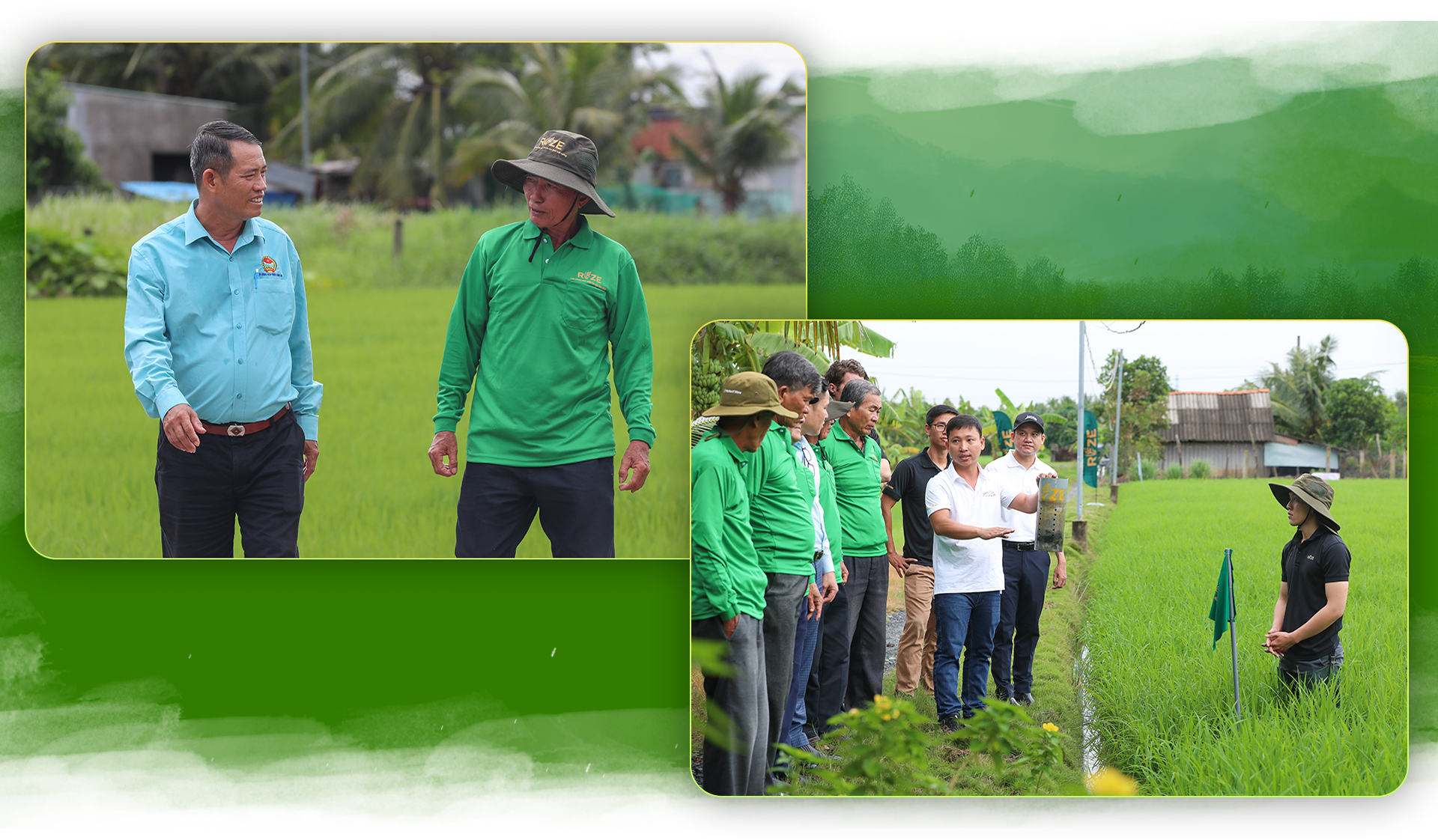 |
Huynh Ngoc Thinh, another farmer from Nhut Chanh participating in the project, said that all 2,000 m
2
of his family’s rice fields are being cultivated using the techniques introduced by EkoClimate. As a former head of the Veterans Association in Nhut Chanh commune, while both growing rice and raising cattle, he is always among the first to participate in advanced agricultural models introduced locally.
"This project guides me on balancing fertilizer and nitrogen application, avoiding excessive nitrogen. Excess nitrogen makes plants susceptible to diseases and lodging during harvest, leading to yield loss. Also, reducing water during cultivation helps prevent lodging during harvest," Thinh shared. He also added that he has currently reduced the total amount of fertilizer by about 15%.
The MRL technique has helped farmers participating in EkoClimate reduce pesticide overuse, thus protecting soil and water quality. The rice also gains better access to high-end export markets, achieving higher prices.
The EkoClimate project in Tay Ninh has just completed its first season, and the official results are pending. Previously, AWD and MRL techniques have been applied in An Giang, Ca Mau, Tien Giang, and Can Tho, covering about 9,000 ha. According to project calculations, applying AWD techniques increases yields by 5-7%, and combined with reduced fertilizer and pesticide costs, farmers can increase their income by about 14-20%.
 |
 |
Nguyen Thi Hoang Oanh, former Vice Chairwoman of the Nhut Chanh Commune People's Committee and current Deputy Director of the Binh Duc Commune Public Administration Service Center, said that in recent years, climate change has significantly impacted local agricultural production. Erratic rainfall, alternating drought and flooding have created difficulties for rice farmers, increasing costs and risks. "We cannot wait for the climate to return to normal, but must act now," Oanh said. According to her, EkoClimate not only brings new techniques, but also an opportunity for the locality to build a clean, sustainable, and environmentally friendly rice cultivation area, helping to increase product value and farmers' income.
Nguyen Trung Dung, former Chairman of the Nhut Chanh Commune Farmers' Association, said that EkoClimate attracted 42 farmer households, with 50 ha for trials. According to his observation, farmers have been overusing nitrogen, water, and pesticide residues in rice cultivation.
"Farmers participating in this project will reduce these three factors, leading to the production of high-quality, clean rice, ensuring quality in the future," Trung Dung said. He added that, based on Coca-Cola's initial funding model, the locality plans to expand the project to more areas to develop sustainable agriculture.
Bui Khanh Nguyen, Deputy General Director in charge of External Affairs, Communications, and Sustainable Development at Coca-Cola Vietnam, shared that when building the factory in Tay Ninh (inaugurated on July 11), the company wanted to find opportunities to support the local community.
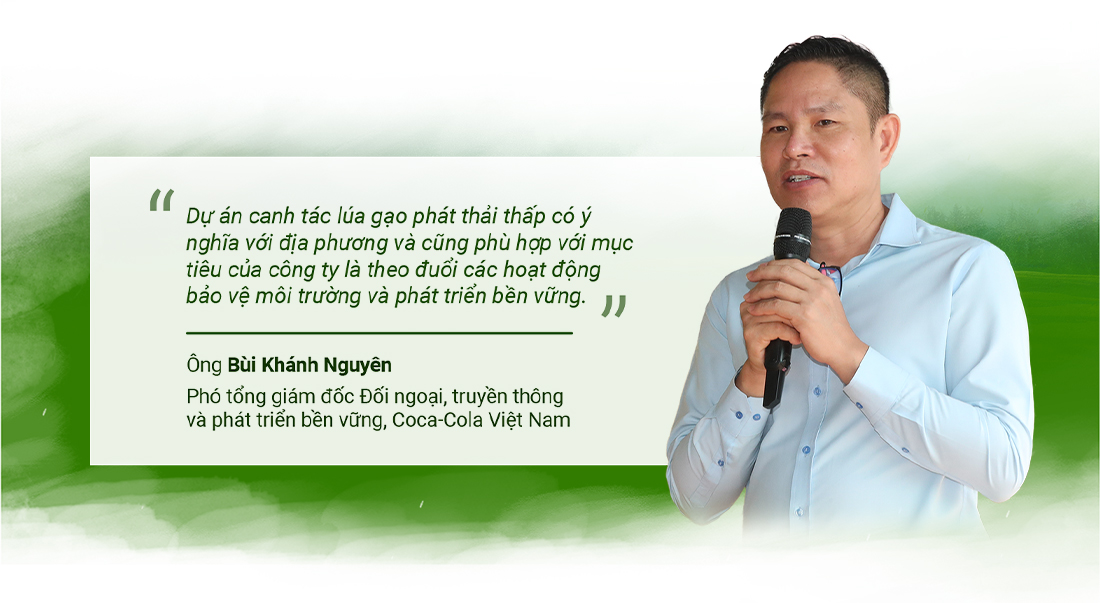 |
Nguyen said that over 30 years of operating in Vietnam, Coca-Cola has always focused on supporting local communities. EkoClimate is the latest initiative under the EkoCenter program, a community support model tailored to local needs by Coca-Cola. Initially, the project focuses on raising farmers' awareness of low-emission rice cultivation, while providing practical training and technical support for effective implementation. In the long term, the company aims to build a replicable model in other localities in the Mekong Delta region.
EkoCenter was initiated by Coca-Cola Vietnam in 2015, based on a tripartite cooperation model between businesses, local authorities, and non-governmental organizations. The model's goal is to empower communities and promote sustainable economic activities.
To date, there are 8 EkoCenters operating nationwide, including 4 representative centers located in Hanoi, Da Nang, Ho Chi Minh City, and Tay Ninh. Initially, EkoCenters were deployed as points providing clean drinking water, digital literacy, and entrepreneurship training for disadvantaged communities. Over time, the role of EkoCenter has expanded, becoming part of Coca-Cola's sustainable development support strategy in Vietnam.
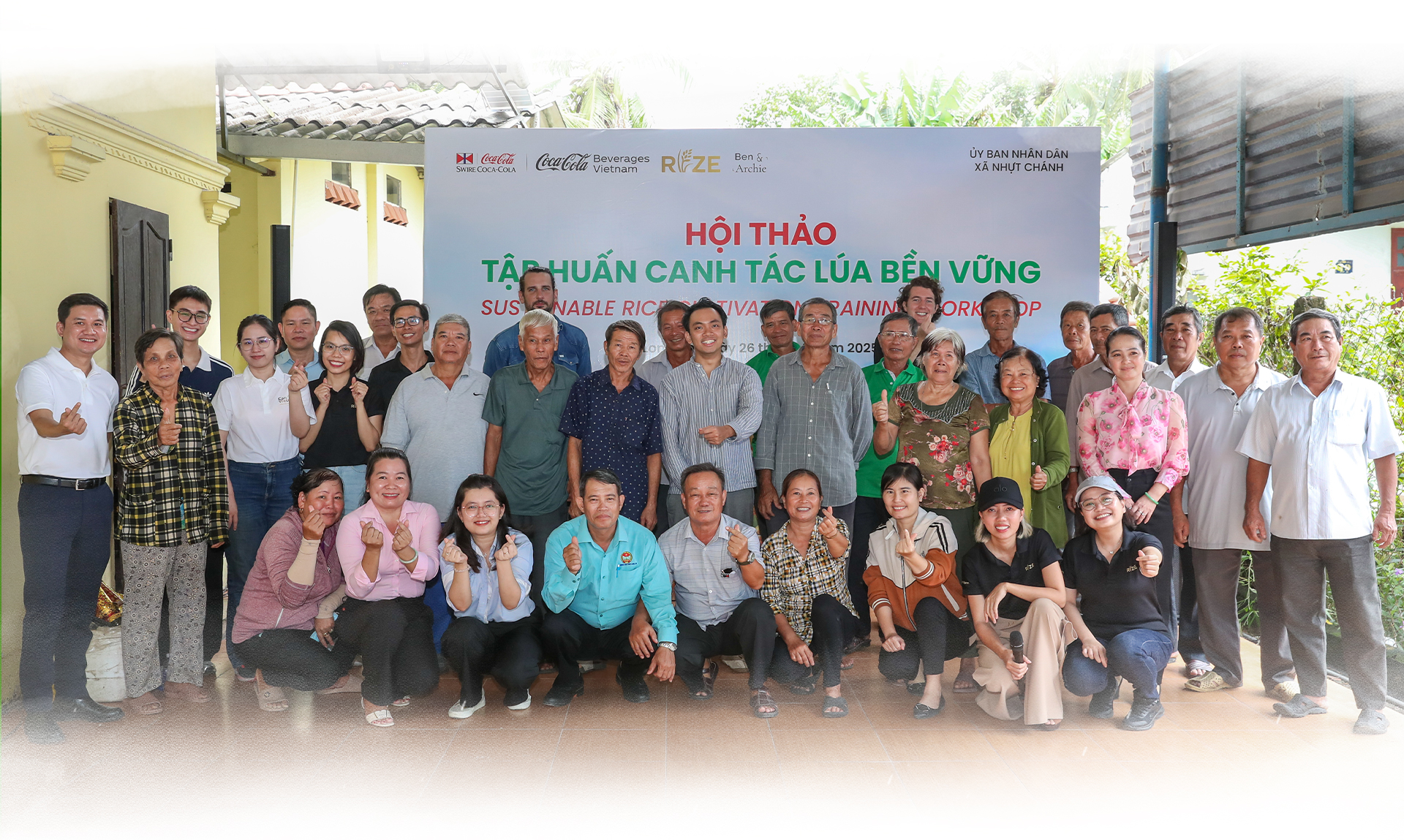 |
Content: Kim Anh | Photos: Coca-Cola Vietnam | Design: Hoan Vu








